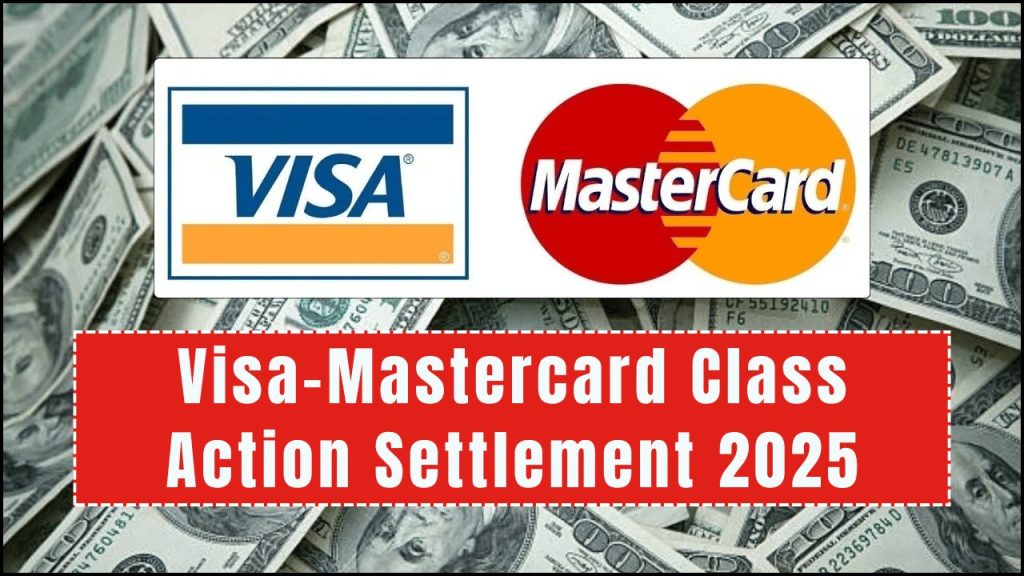
In a significant legal ruling, Visa and MasterCard have reached a $200 million class action settlement following accusations of implementing unauthorized ATM withdrawal charges. This groundbreaking case allows qualified customers to receive reimbursements of up to $2,000. The lawsuit, covering transactions from 2007 through 2024, charged both companies with antitrust violations, alleging they worked together with major banking institutions to sustain elevated ATM surcharge fees, ultimately affecting millions of consumers.
The court determined that Visa and MasterCard infringed on consumer rights by enforcing non-competitive fees without adequate disclosure. Visa will pay $104.6 million of the settlement, while MasterCard is responsible for $92.8 million. The decision emphasizes the significance of fair financial practices and the necessity of consumer protection within the banking industry.
This settlement not only compensates affected consumers but also establishes an important precedent for holding financial institutions accountable for concealed charges. Millions of consumers who unknowingly paid excessive ATM fees now have the opportunity to claim their reimbursements.
(Read Also = Wells Fargo Class Action Settlement 2025)
Understanding the Visa and Mastercard ATM Fee Legal Dispute
The class action lawsuit focused on claims that Visa and MasterCard, in conjunction with JPMorgan Chase, Wells Fargo, and Bank of America, levied unjustified surcharge fees on ATM withdrawals. Consumers argued that these fees were imposed even for routine transactions, violating antitrust regulations and increasing costs for users.
The court concluded that this practice limited competition, resulting in higher charges for millions of consumers across the country. Consequently, Visa and MasterCard were ordered to reimburse affected customers and modify their fee practices to prevent future violations.
(Read Also = Cash App Class Action Settlement 2025)
Determining Refund Eligibility
To qualify for reimbursement, consumers must satisfy the following requirements:
| Criteria | Details |
|---|---|
| Eligible Period | October 1, 2007 – July 26, 2024 |
| Card Networks | Visa, MasterCard |
| Surcharge Requirement | Non-refundable ATM surcharge applied |
| Participating Banks | JPMorgan Chase, Wells Fargo, Bank of America |
| Maximum Refund | Up to $2,000 per eligible claimant |
How to Submit Your Reimbursement Claim
Eligible consumers can request their refund through the ATM Recharge Settlement portal. The process is straightforward but requires thorough documentation.
- Visit the Settlement Website and verify eligibility.
- Complete the Online Claim Form or Download a Physical Form.
- Submit Supporting Documentation, such as bank statements showing surcharge fees.
- File the Claim Before the Deadline (specific dates will be announced on the official site).
It’s essential to include precise transaction details and closely follow submission guidelines to ensure a successful claim.
Understanding Refund Calculations
While the maximum reimbursement is $2,000 per eligible consumer, actual refund amounts are determined by:
- Total Number of Approved Claims: Payments may be adjusted if claims exceed the $200 million fund.
- Frequency and Amount of Surcharges: More frequent ATM usage with higher surcharge fees may result in larger refunds.
- Documentation Quality: Comprehensive supporting documents improve the likelihood of receiving a full refund.
The Significance of This Settlement
This class action settlement delivers a clear message to financial institutions regarding the consequences of hidden fees and anti-competitive practices. It underscores the importance of consumer rights and regulatory oversight in ensuring transparent financial operations.
Consumers are encouraged to examine their past ATM transactions, submit their claims, and remain vigilant regarding future banking charges. This case serves as a reminder of the effectiveness of collective legal action in safeguarding consumer interests.